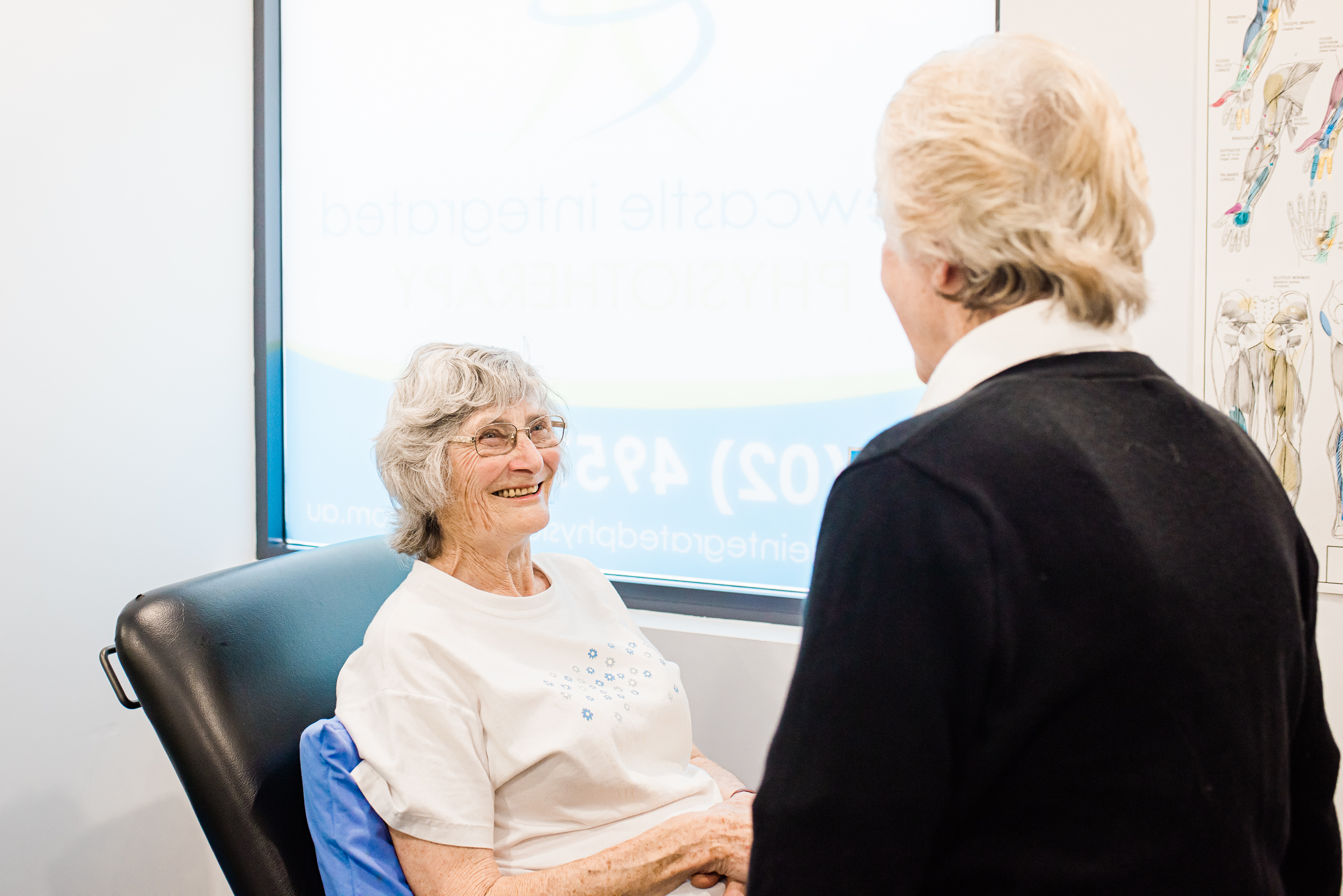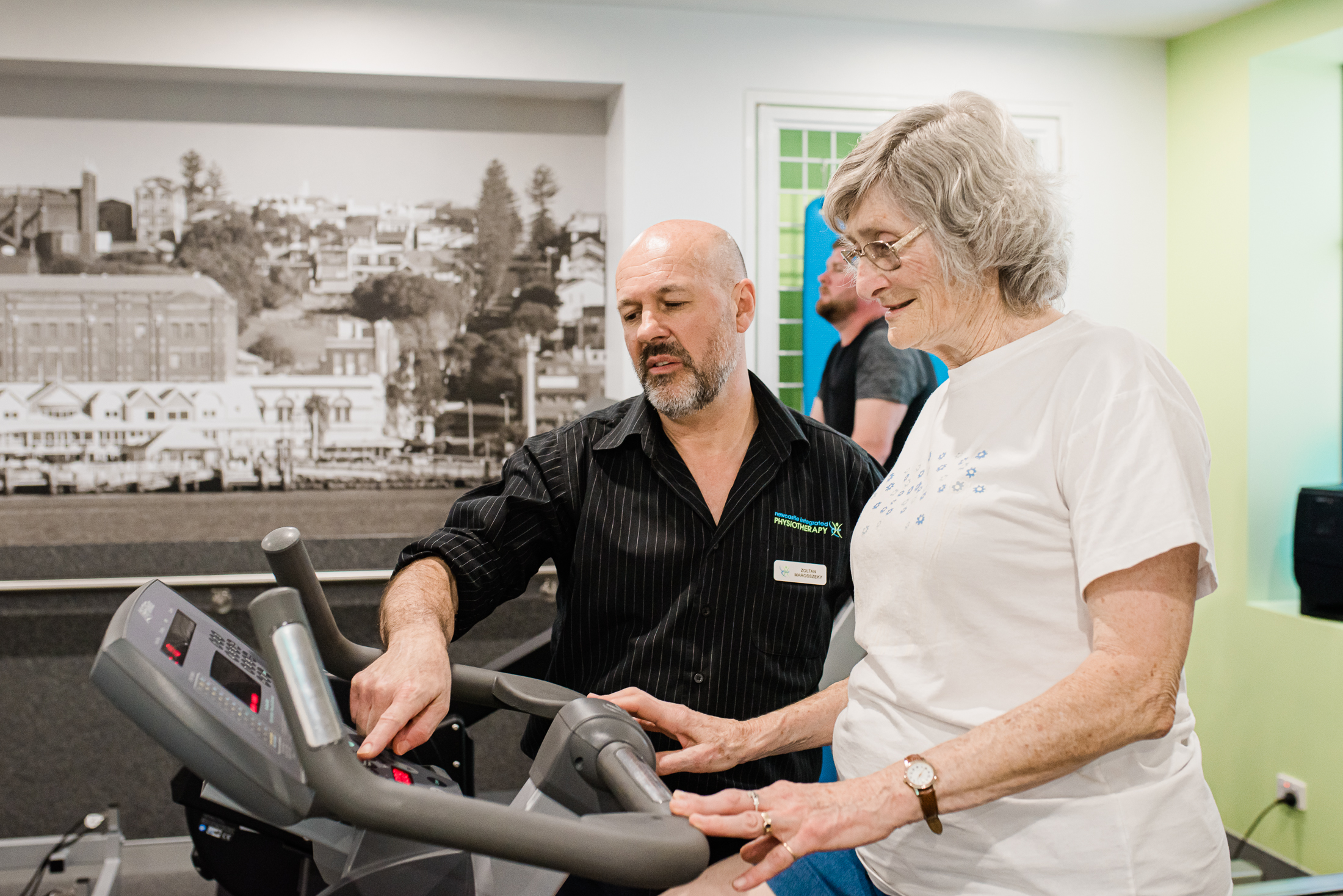What is it?
Achilles Tendinopathy (AT) is a common overuse injury caused by repetitive stress placed on the Achilles Tendon.
AT can be described as either insertional which is situated at the transition between tendon and bone or mid portion which is located at the level of the tendon body.
The precise cause of Tendinitis remains unknown however some of these may be contributing factors:
– Decreased Range of Motion (ROM) at the Ankle, Knee or Hip
– Sudden increases in activity or training levels
– Altered kinematics of the lower limbs e.g hyperpronation of the ankle
– Gender
– Poor circulation
Treatment:
1. Adjust biomechanics: This can be done through the use of taping in the early stages of injury and orthotics in the chronic stage.2. Physical therapy: gradually loading the tendon with both eccentric and concentric contractions has been well supported by evidence and is the main non-surgical choice of treatment for AT to reduce tendon pain and load.
3. Adjunct therapy: manual therapy, electrotherapy modalities, Iontophoresis and dry needling are all techniques that can be used in addition to physical therapy to manage symptoms e.g pain and swelling.4. Medications: the use of corticosteroids and quinolones can assist in countering excessive inflammation.
Prevention Strategies:
1. Perform a well rounded strengthening and flexibility program targeting muscles surrounding the hip, knee and ankle joints.2. Avoid any sudden increases in activity or training load that will increase stress and potentially cause excessive degeneration of the Achilles Tendon.
3. Ensure you warm up prior to engaging in any strenuous physical activity by stretching and performing task specific exercises.4. Wear appropriate footwear that’s comfortable and try to avoid exercising e.g running on uneven surfaces which can negatively impact your biomechanics.
Exercises:
Strengthening-
– Glute Bridge variations (single leg, bosu ball, weighted holds)
– Banded Crab Walks
– Squat variations (Wall Squat, Goblet Squat, Box Squat, Split Squat)
– Lunge variations (Static lunge, Walking Lunge)
– Heel Raise variations (both seated and standing, eccentric contraction only)
Range of Motion-
– Active ankle dorsiflexion and plantarflexion (kneeling, standing, banded, weighted)
– Gastrocnemius stretches (calf stretch on wall)
– Soleus stretches (knee bent)
– Foam rolling calf muscles
If you’re suffering from any of the symptoms of Achilles Tendinopathy, new or old, book in to see a Physiotherapist so that they can get to the bottom of your issue and get you back doing what you love pain free!
Call Newcastle Integrated Physiotherapy on 49572961


